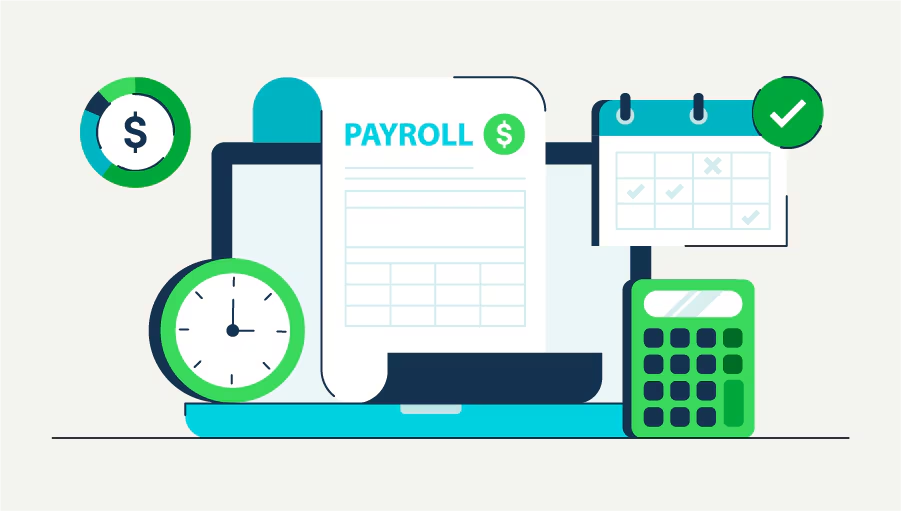Expanding into new markets should be an opportunity—not a logistical nightmare. Yet, for many merchants, global growth is slowed down by traditional banking rails: high FX costs, settlement delays, and complex compliance requirements.
This is where stablecoin payments for merchants come in. By leveraging USDC, USDT, and other digital dollars, businesses can move money across borders instantly, cut banking friction, and give customerHow Stablecoins Help Merchants Go Global Without Banking Frictions worldwide a simple way to pay.
The Problem: Banking Friction in Global Commerce
For merchants selling internationally, traditional payment systems come with challenges:
- Cross-border settlement delays: Transfers can take days, slowing down cash flow.
- High FX fees: Banks and payment processors eat into margins.
- Limited access: In some markets, card acceptance or banking infrastructure is unreliable.
- Complex compliance and correspondent banking layers: Adding friction at every step.
For e-commerce platforms, exporters, and service providers, these issues directly impact conversion rates, profitability, and market reach.
The Solution: Stablecoins for Global Business
Stablecoins are digital assets pegged to fiat currencies (most often the US dollar). They combine the stability of traditional money with the speed and accessibility of blockchain.
For merchants, this means:
- Instant settlement → no more waiting days for payouts.
- Borderless transactions → bypassing correspondent banking
- Lower costs → fewer intermediaries, reduced FX charges.
- Access to global customers → even in markets underserved by banks.
How Merchants Use Stablecoins to Expand Globally
Merchants adopting stablecoins are seeing measurable benefits:
- Cross-Border Payments With Stablecoins
Send and receive payments in USDC/USDT instantly, reducing reliance on SWIFT or slow local clearing. - Stablecoins for International Trade
Exporters use them to settle invoices in a currency both parties trust—without needing shared banking rails. - Stablecoins in Global Business
Platforms serving international customers can integrate stablecoin checkout to tap into new demand. - Stablecoin Adoption for Merchants
Retailers, SaaS companies, and marketplaces are increasingly adding stablecoins as an alternative payment method to cards and wallets.
Global E-Commerce Without Friction
A mid-sized e-commerce platform selling into Asia and Africa faced slow settlements and high FX fees through traditional banks. After integrating a stablecoin payment solution, the platform:
- Reduced settlement times from 3–5 days to instant payouts.
- Eliminated double FX conversions by transacting in USDC.
- Expanded into 5+ new markets where card penetration was low.
- Increased customer trust by offering a stable, dollar-backed payment option.
Why TransFi?
TransFi makes stablecoin adoption seamless for merchants:
- Multi-rail payments → accept cards, APMs, and crypto in one checkout.
- Stablecoin rails → instant settlement across 100+ countries.
- Global reach → reduce FX costs and expand into underserved markets.
- API-first infrastructure → easy integration for merchants and platforms.
With TransFi, merchants can expand globally without banking friction—all while offering customers the freedom to pay in the method they prefer.
Kesimpulan
Stablecoins are more than just a crypto trend—they are becoming a core payment rail for global merchants. By reducing reliance on banks, cutting FX costs, and unlocking instant settlement, they allow businesses to scale internationally with fewer barriers.
Pertanyaan Umum
1. How do stablecoins reduce banking friction for merchants?
They eliminate correspondent banks, reduce FX conversion costs, and enable instant cross-border settlement.
2. Can stablecoins replace traditional payment methods?
Not entirely—but they complement cards and APMs, offering merchants and customers more flexibility.
3. What stablecoins are most used in global commerce?
USDC and USDT dominate due to liquidity, dollar-pegging, and wide acceptance.
4. How can merchants integrate stablecoin payments?
Through solutions like TransFi, which offer unified APIs to add stablecoins alongside existing checkout methods.
5. What are the benefits of stablecoin adoption for merchants going global?
Faster settlements, lower costs, broader customer reach, and less reliance on traditional banking systems.
Daftar Isi
Artikel yang Disarankan
Jelajahi produk kami

Lakukan pembayaran global dengan kecepatan satu klik

Terima pembayaran, hapus batas.

Buka Transaksi Mata Uang Digital Tanpa Batas di Mana Saja








.png)














